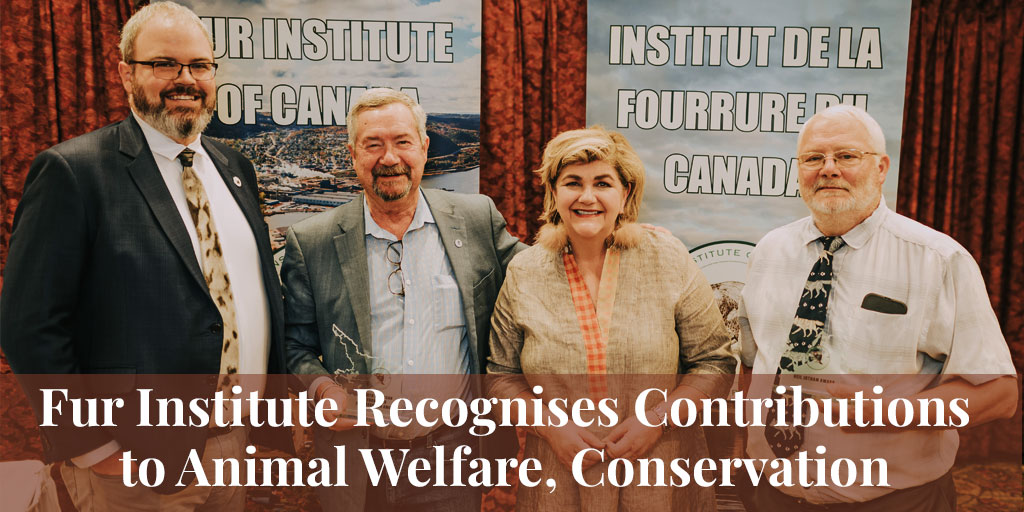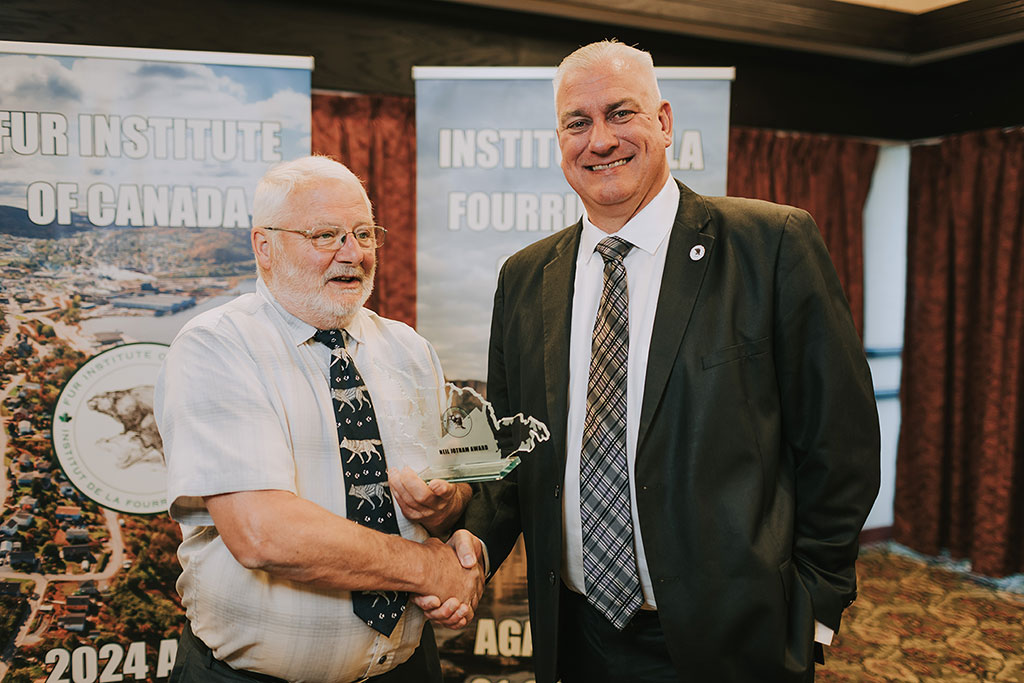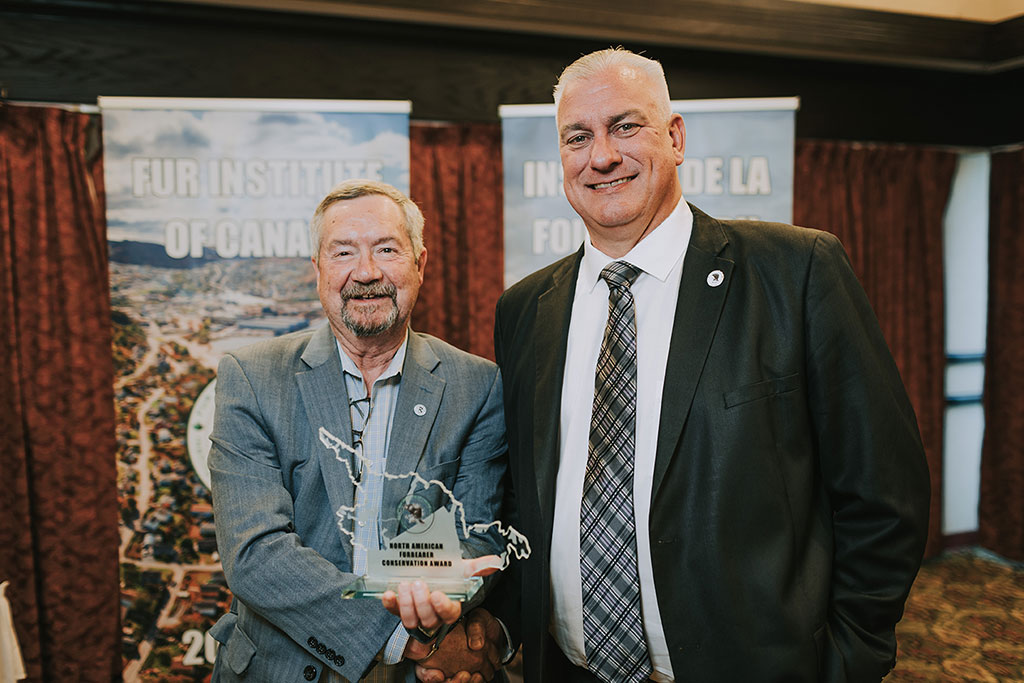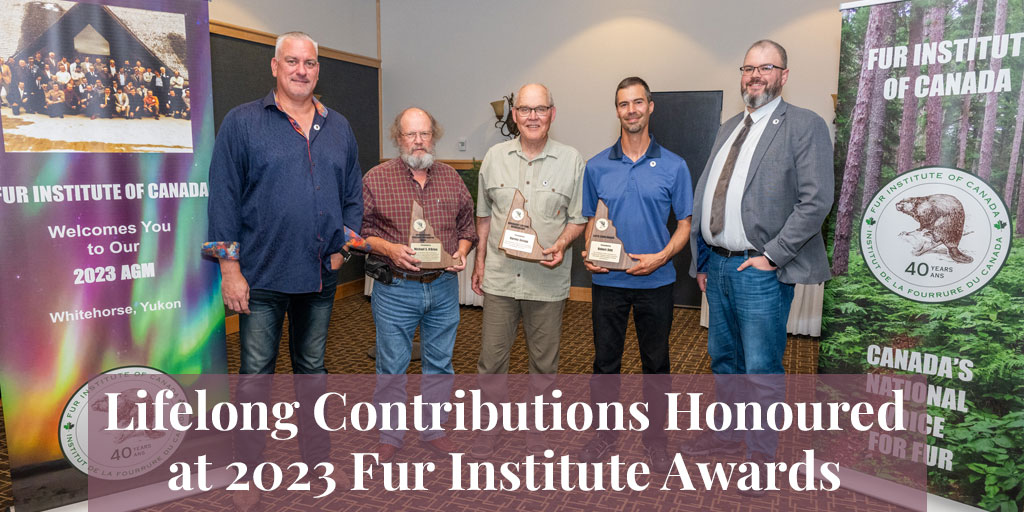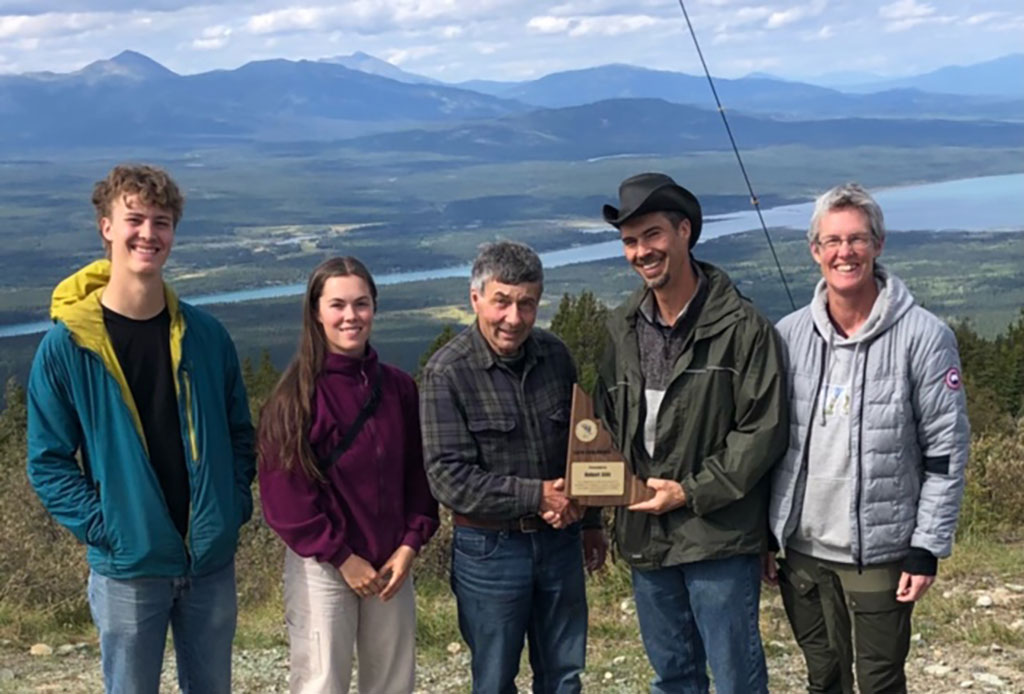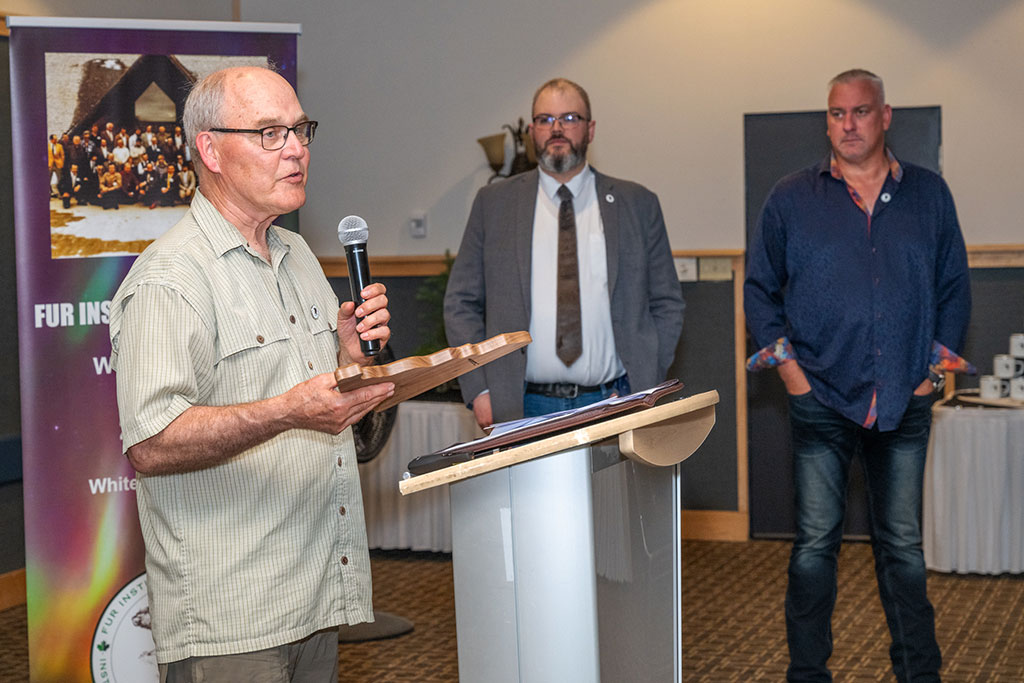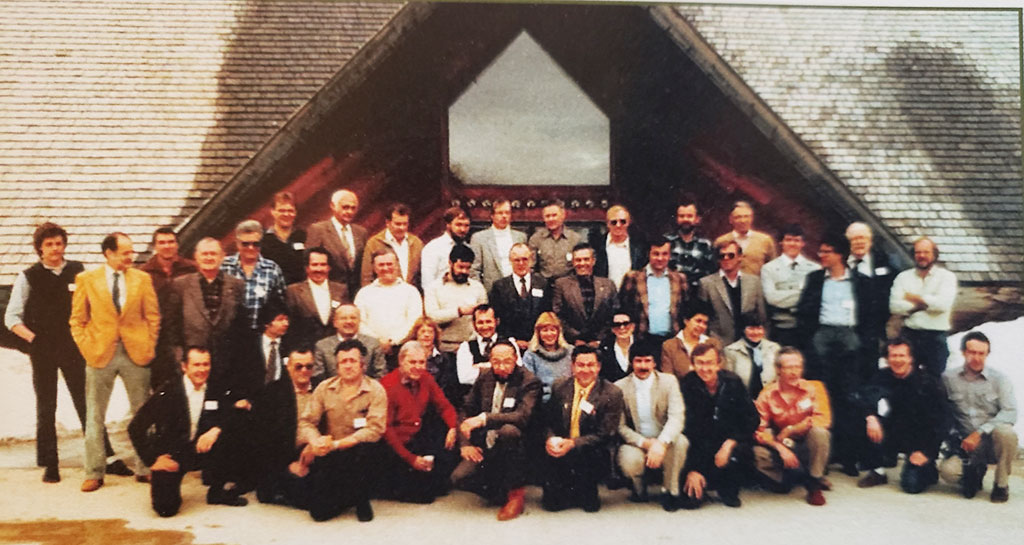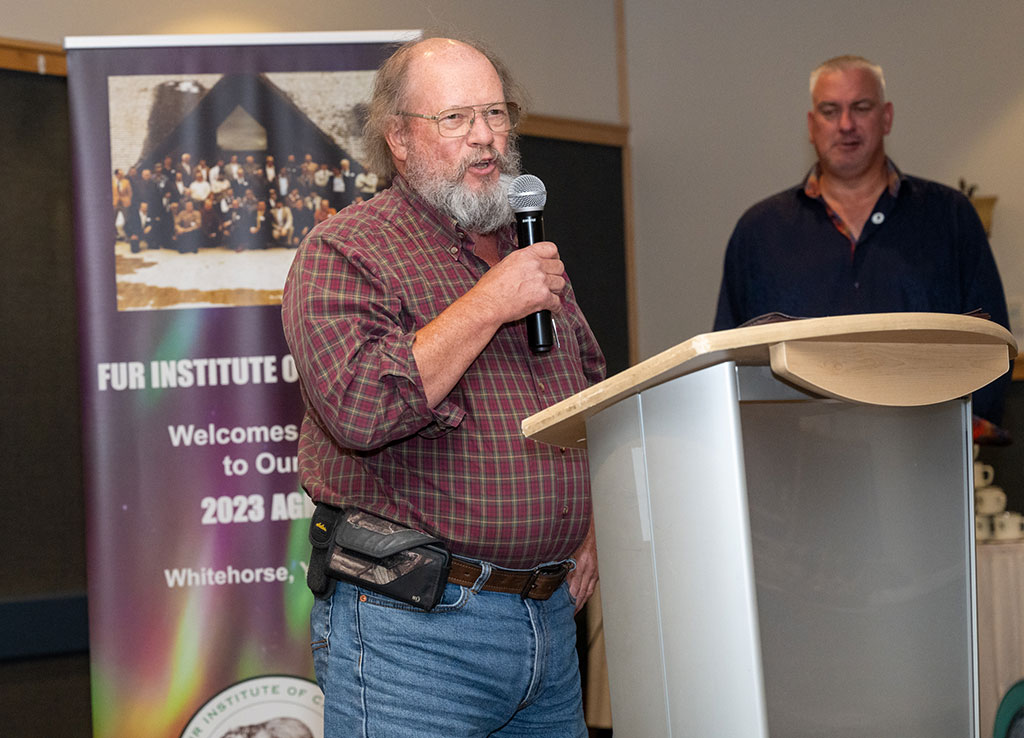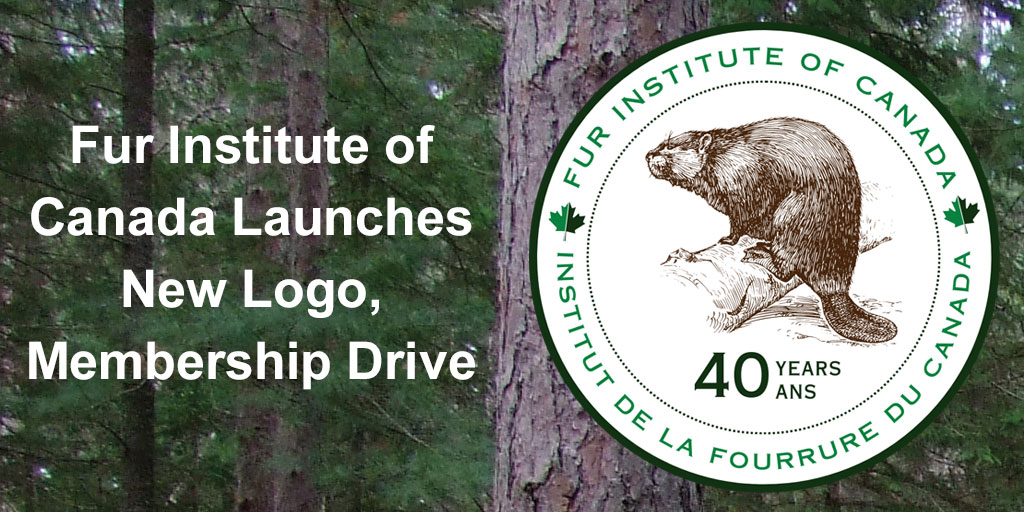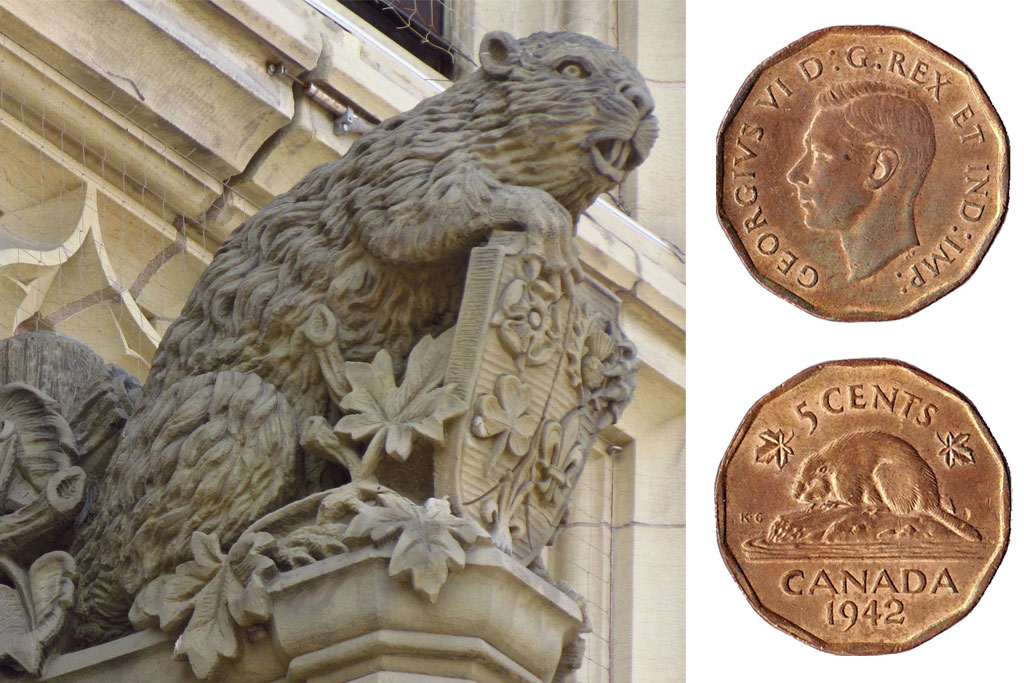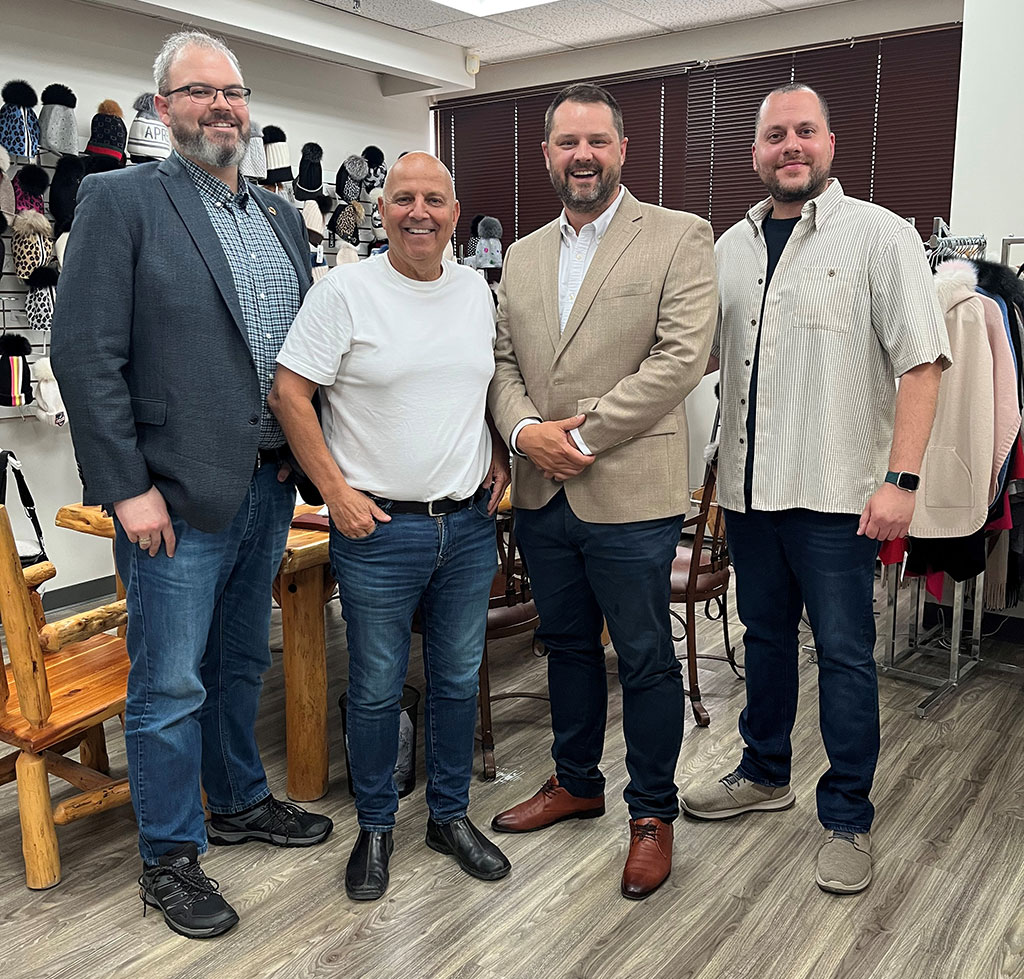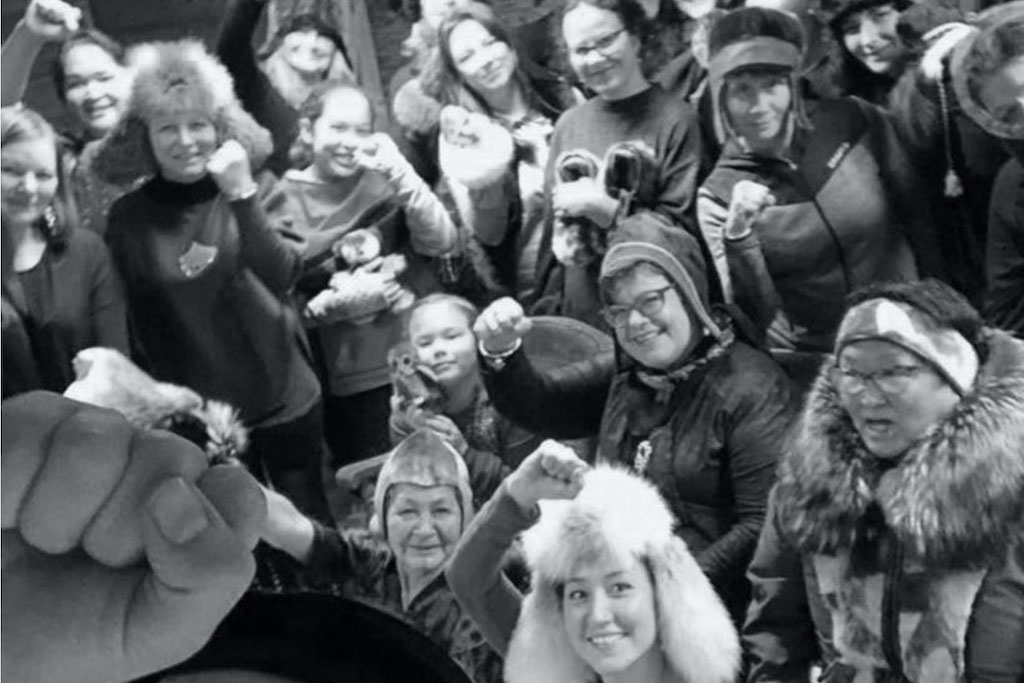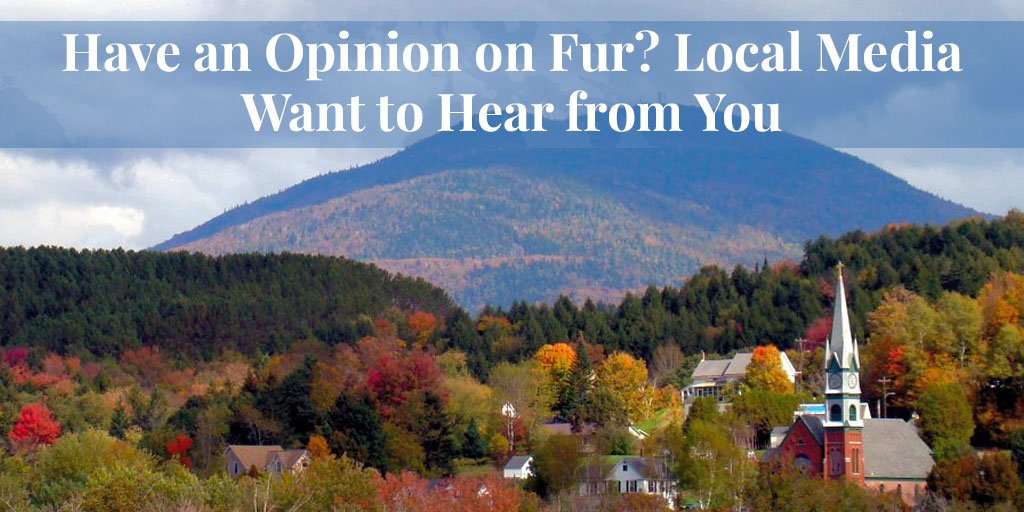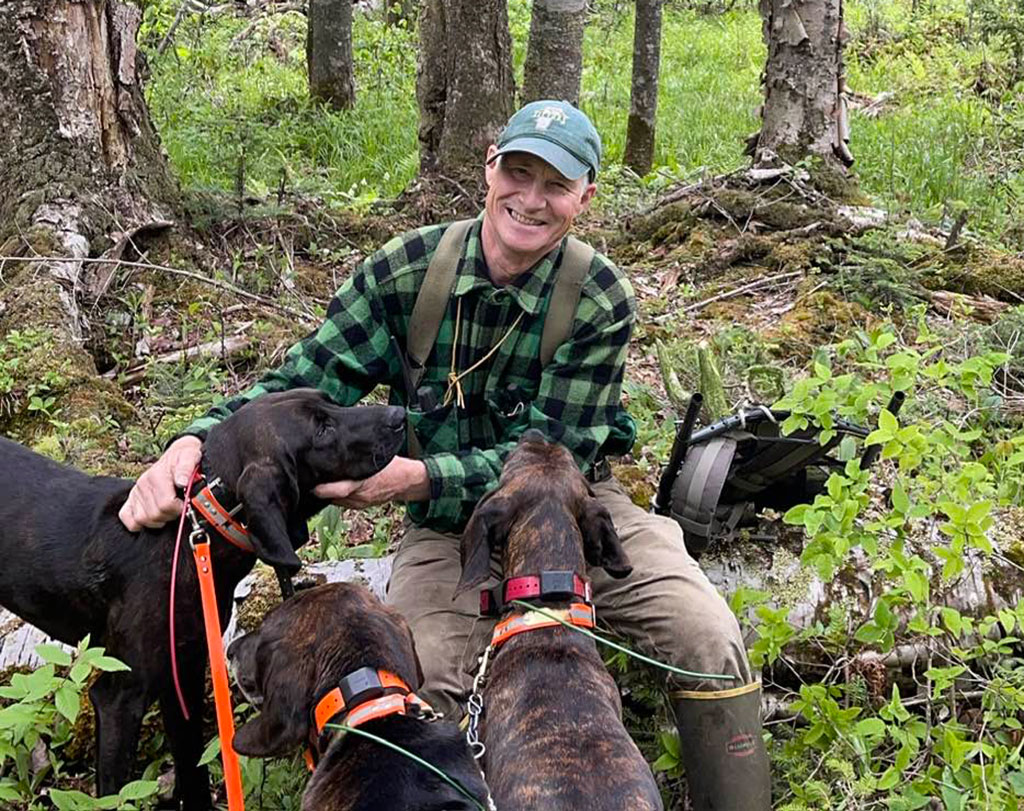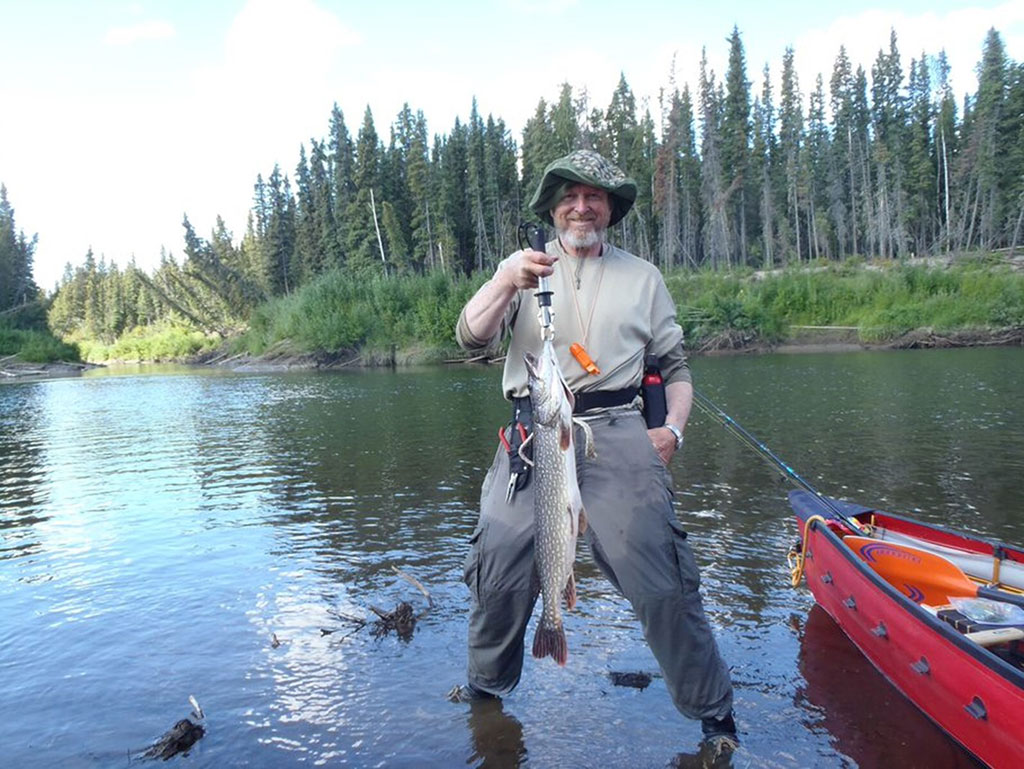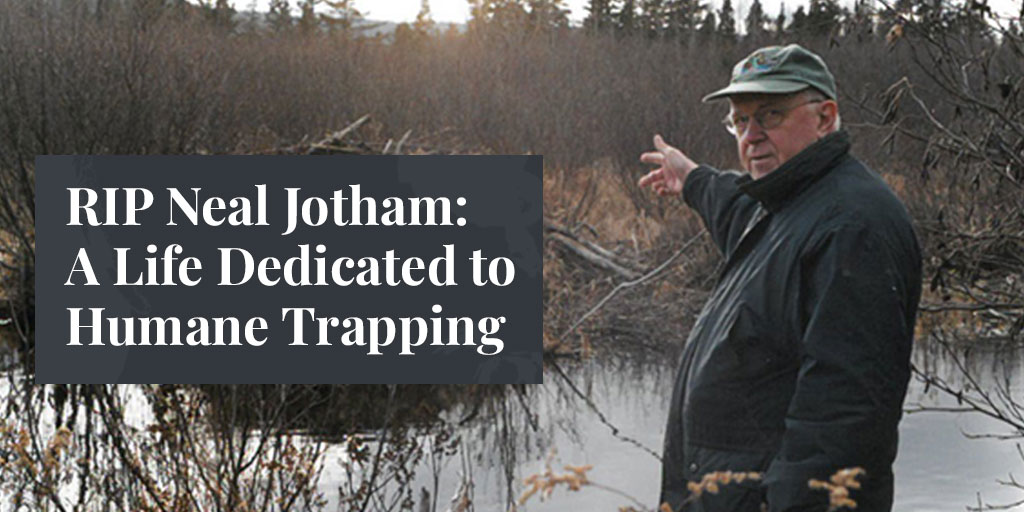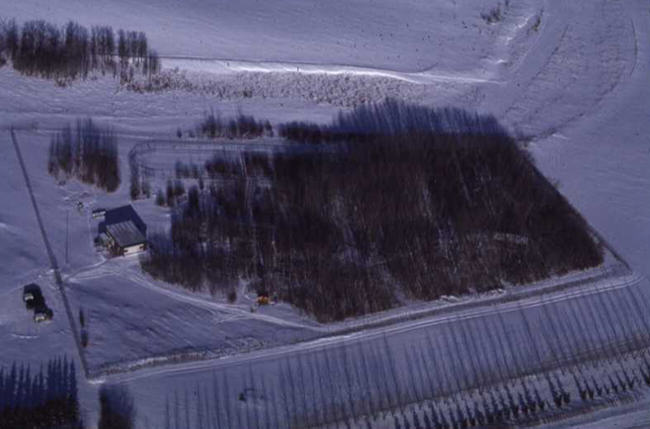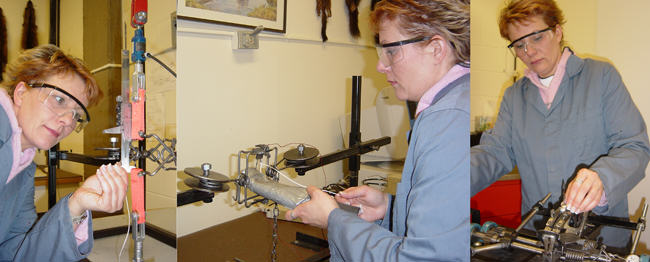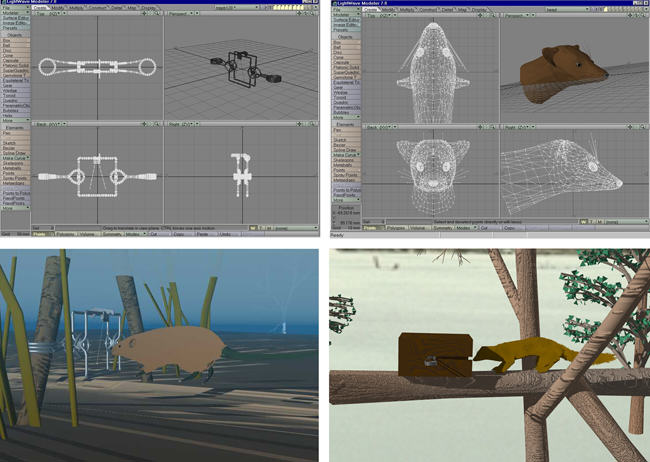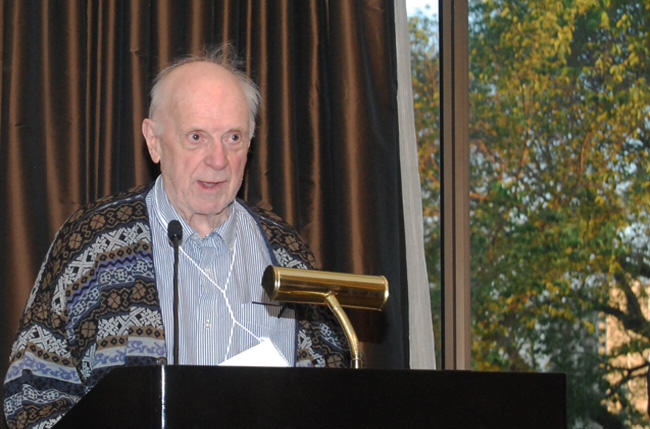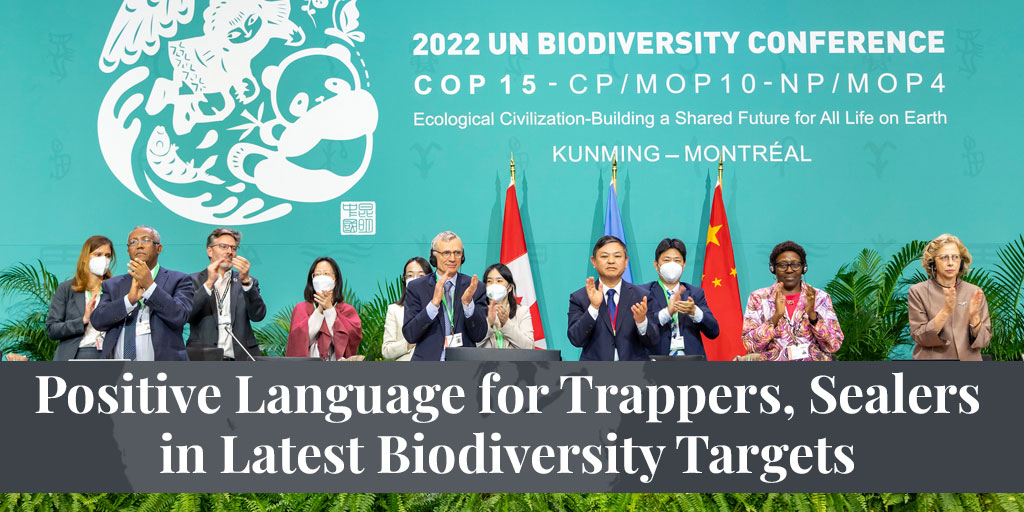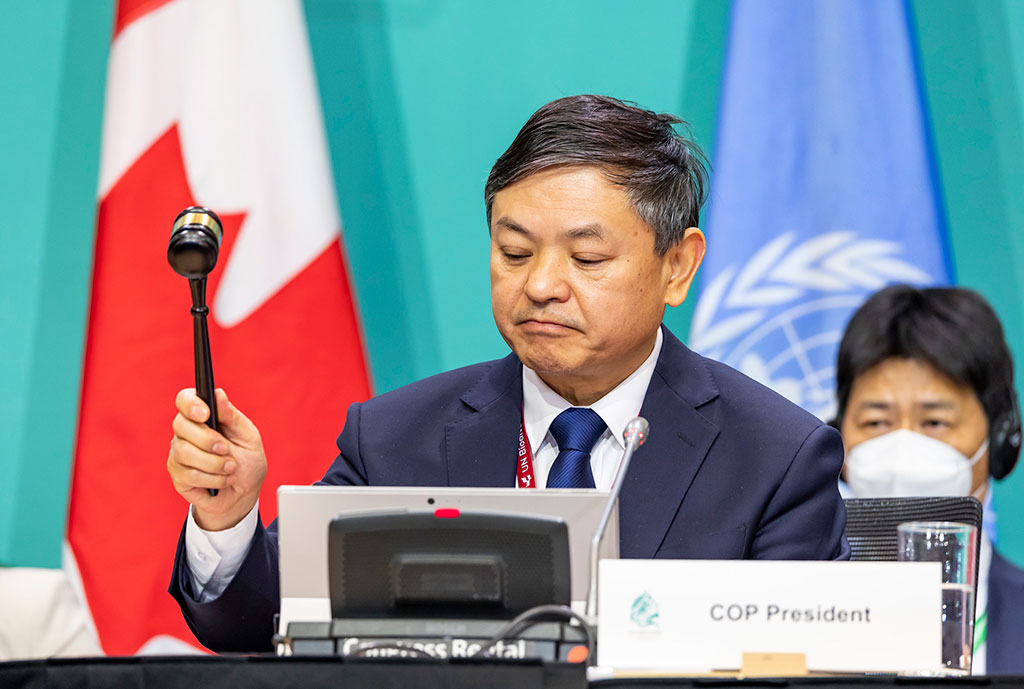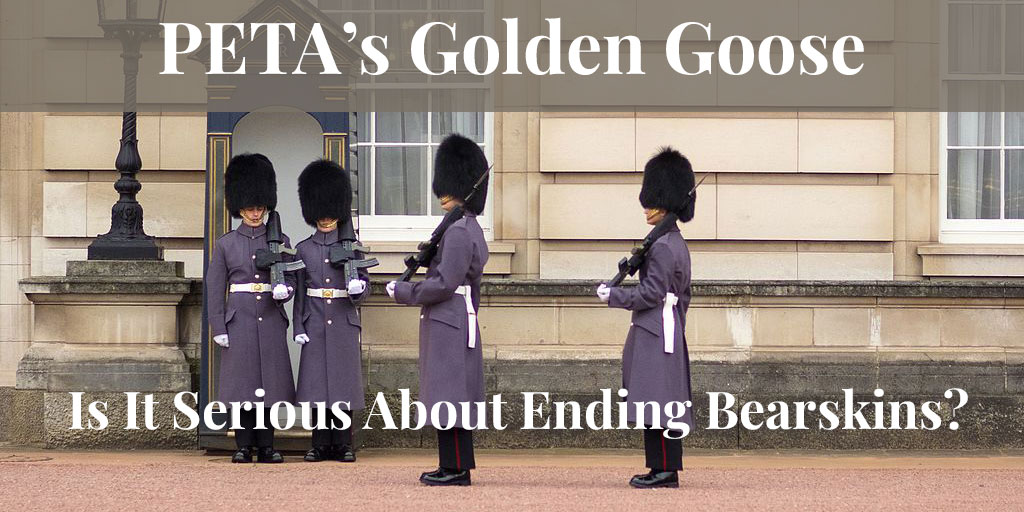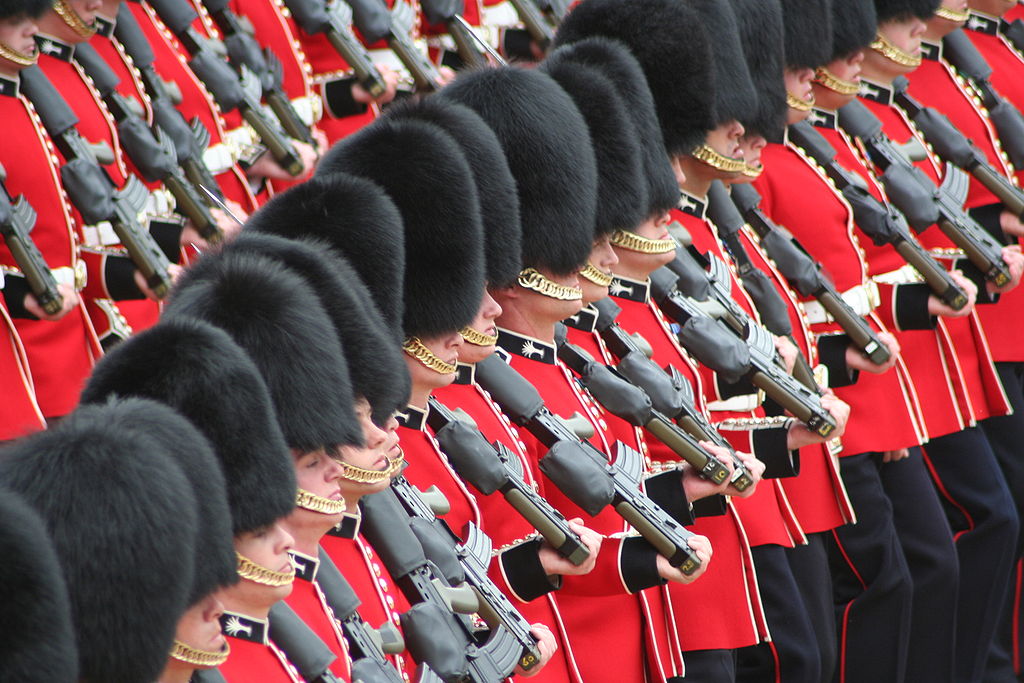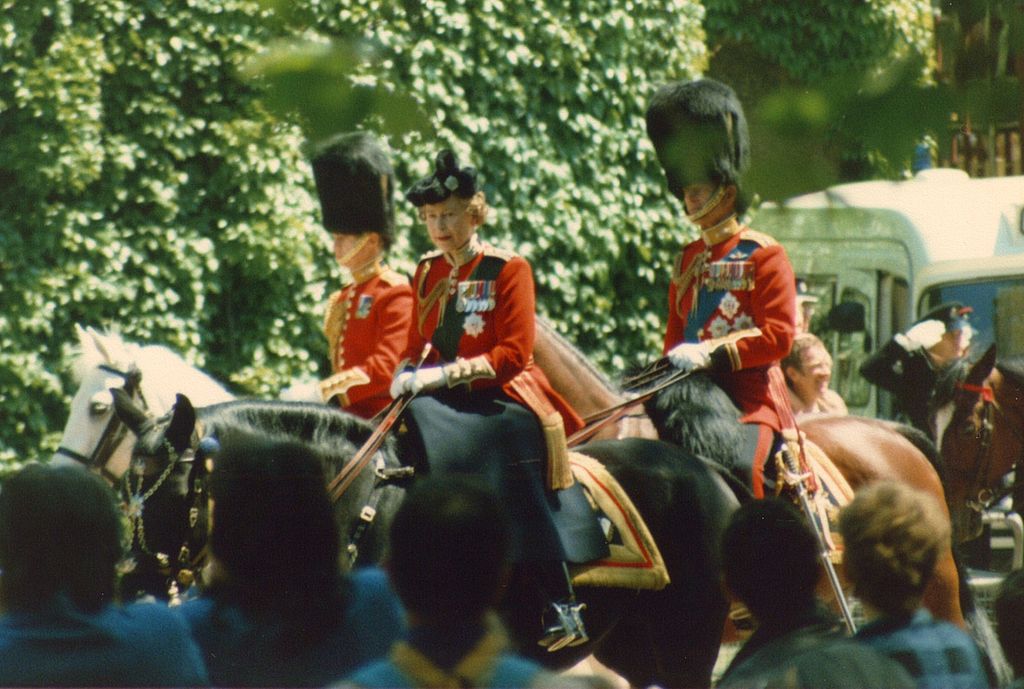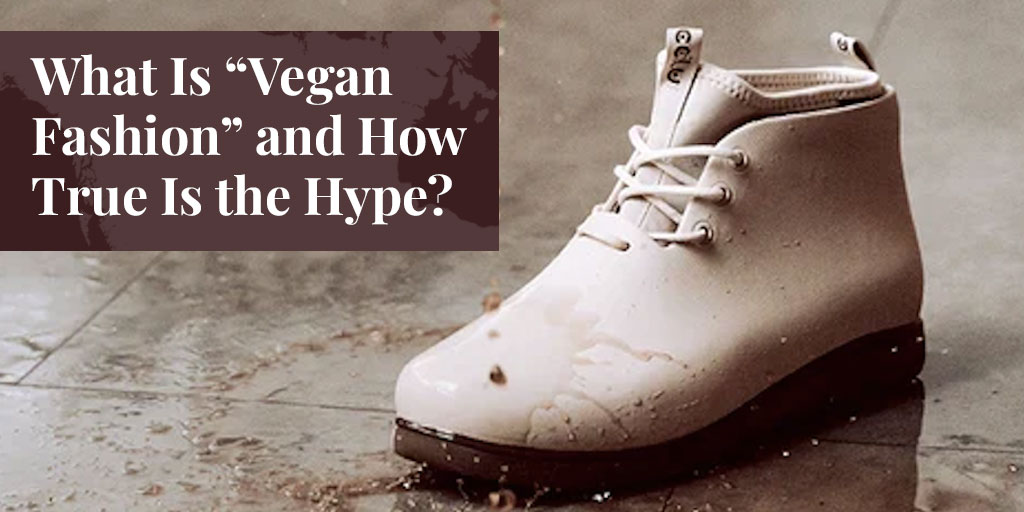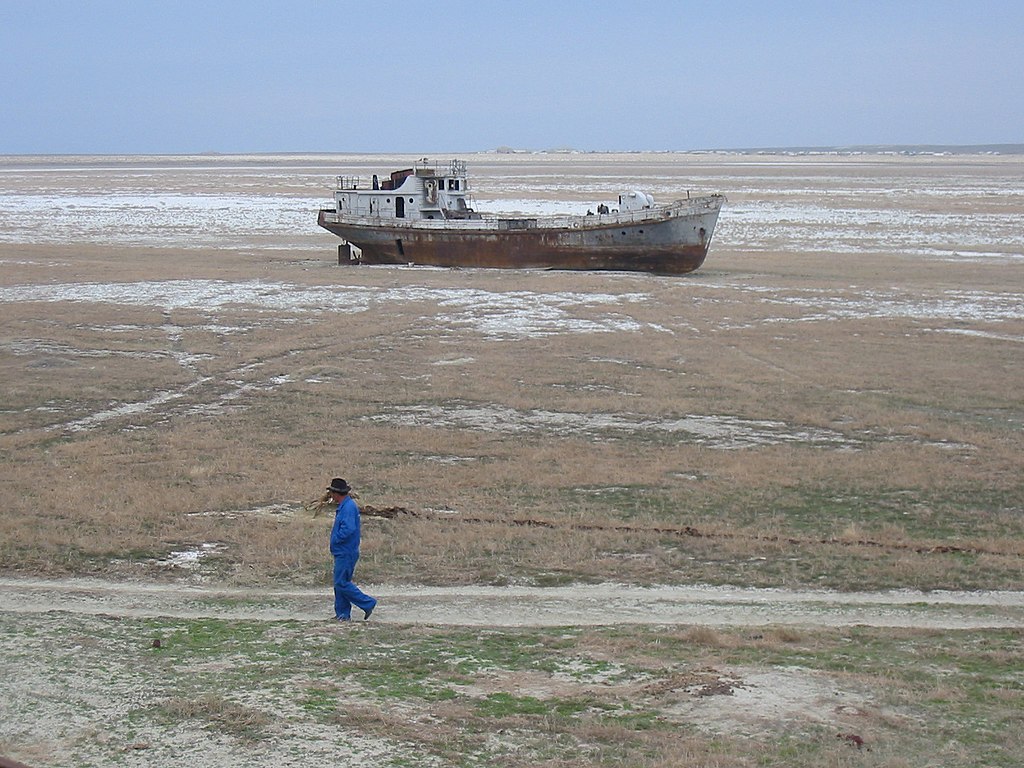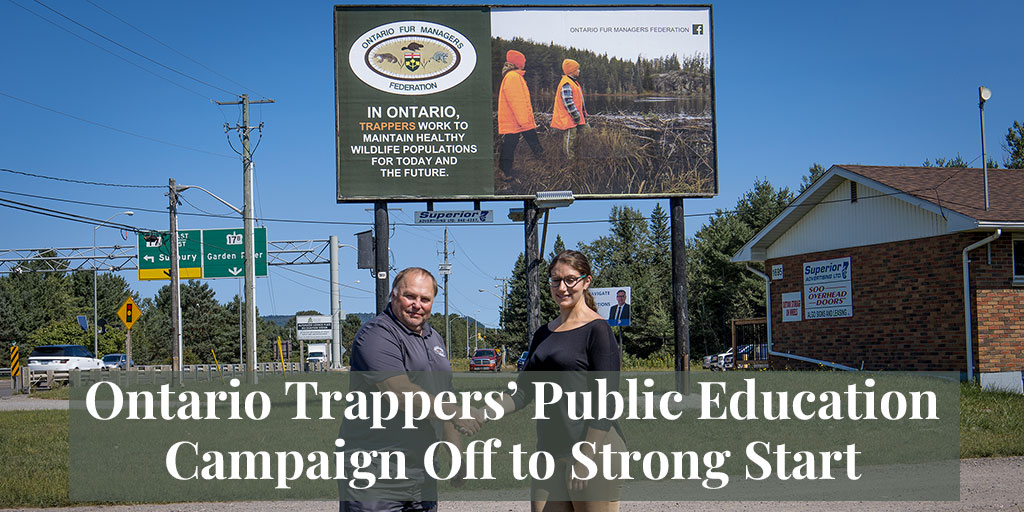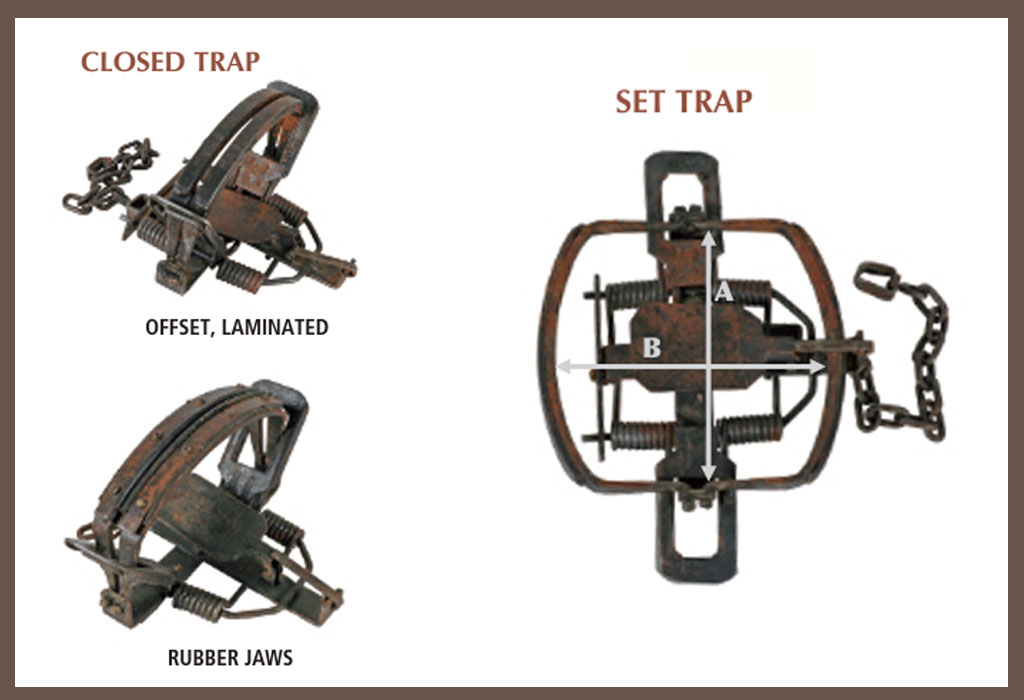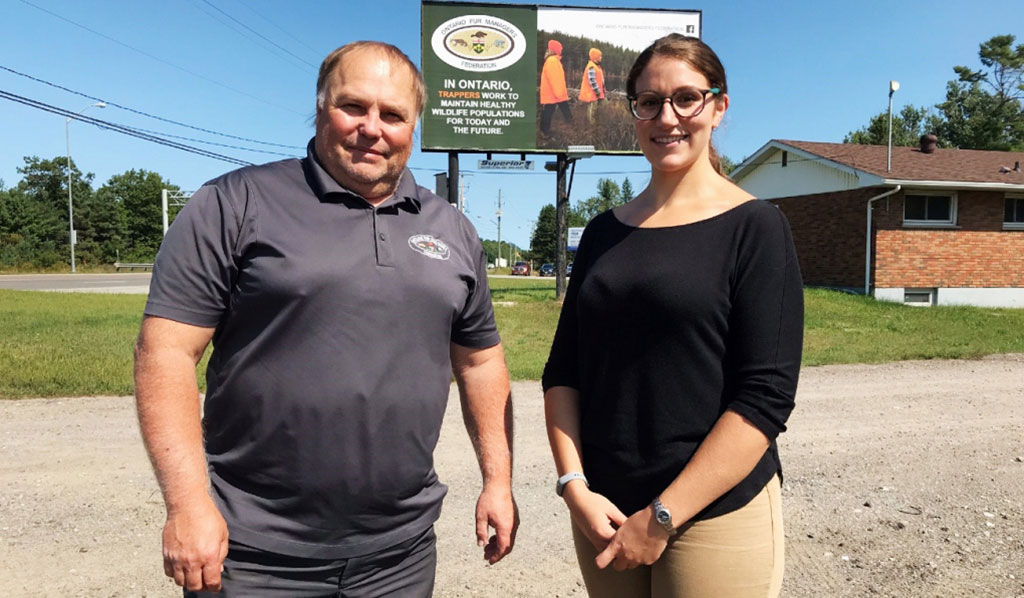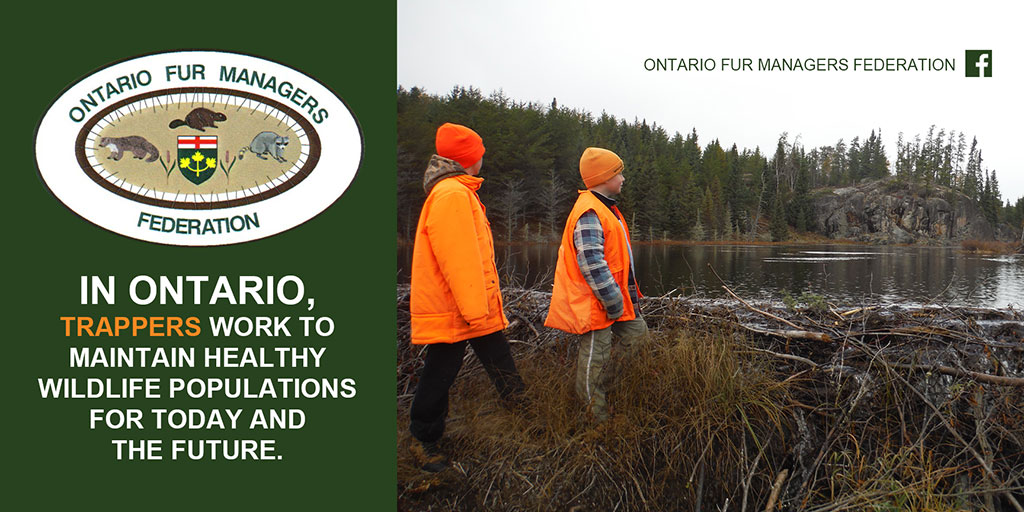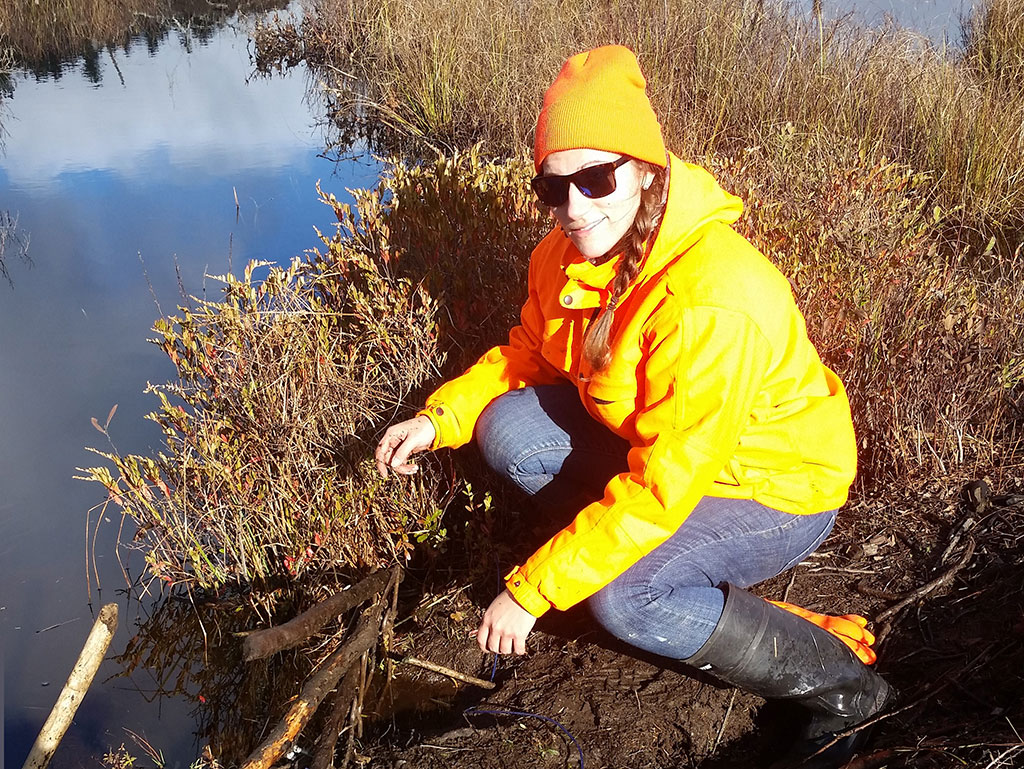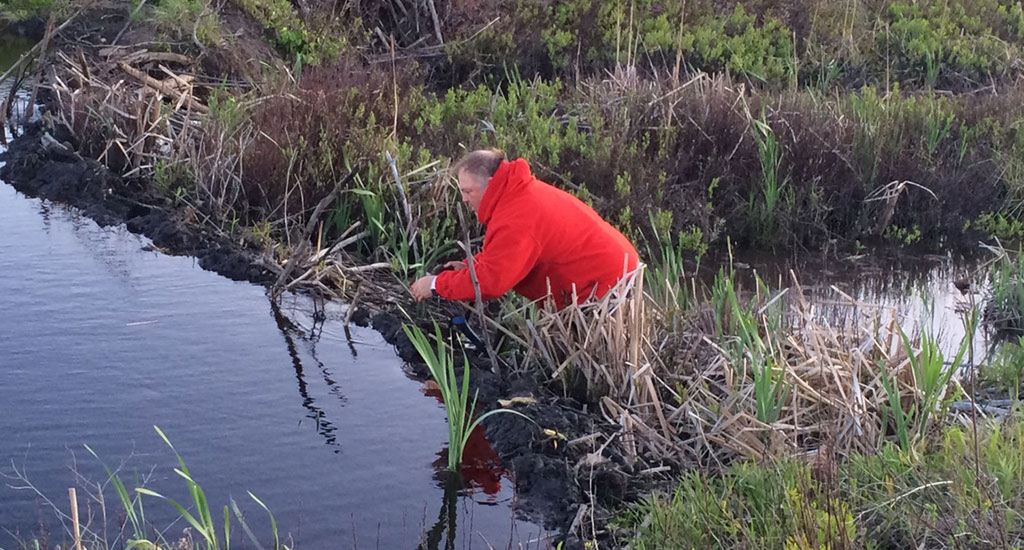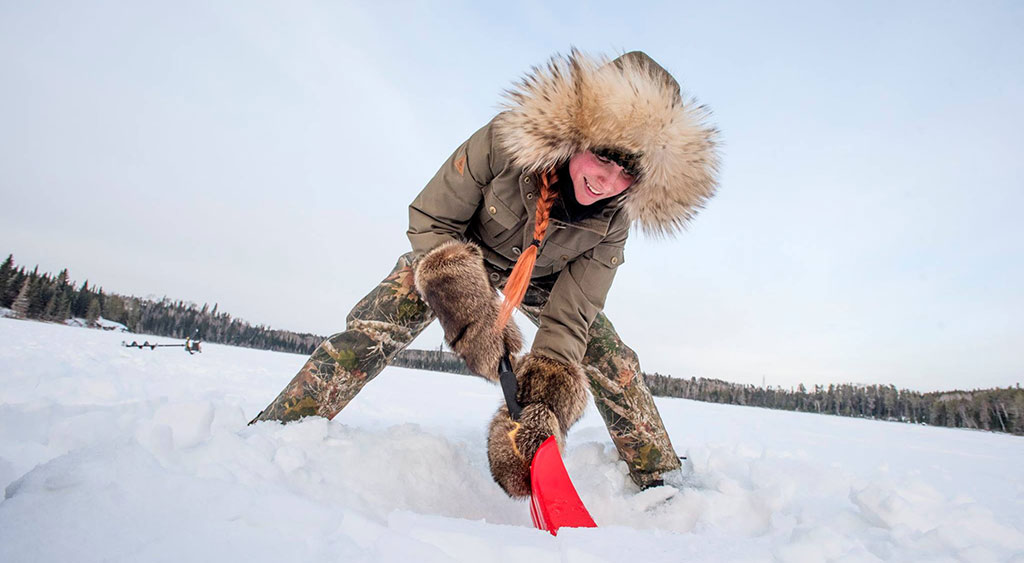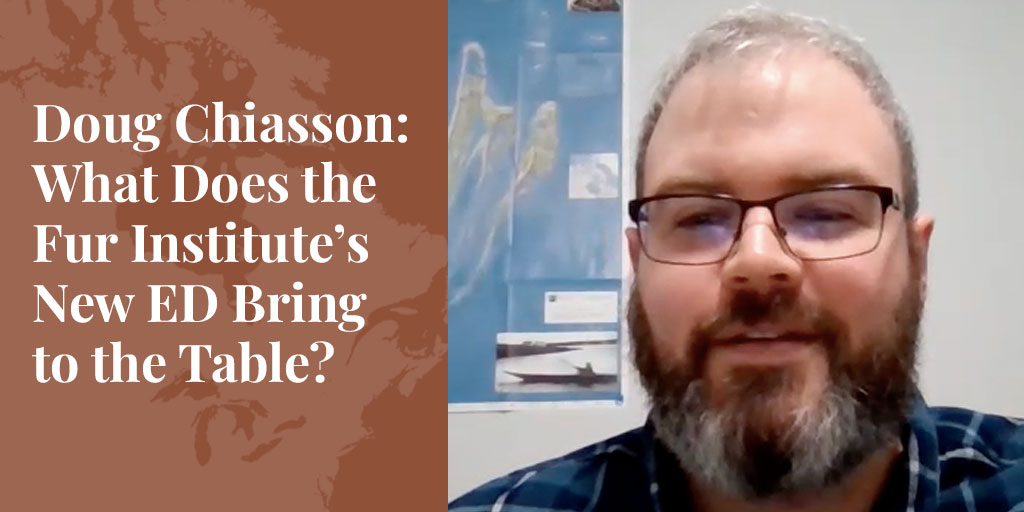Lately, I forced myself to watch the quite popular Paul Watson : Une vie pour les océans [Paul Watson: A…
Read More
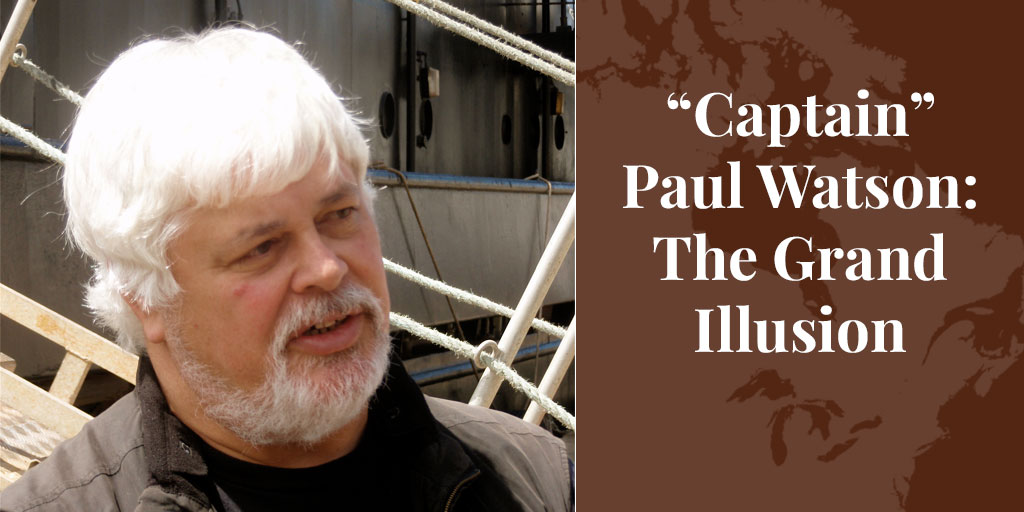
Lately, I forced myself to watch the quite popular Paul Watson : Une vie pour les océans [Paul Watson: A Life for the Oceans], broadcast on the European public service TV channel Arte. After learning that I appeared in it, I sort of had no choice but to check it out, right?
Full disclosure: I don’t like Watson, and you’ll quickly understand why.
The advertising film (because that’s what it really is) tries to ennoble the pseudo captain – a fake title that suits his equally fake character very well.
Because, if the "captain" has neither title nor official certification, he is part of a short list of characters who have managed, like other guys of the genre (for example UFO religion founder Raël, International Fund for Animal Welfare [IFAW] founder Brian Davies, and wealthy televangelist Joel Osteen), to make a living with others’ money, and that, before the advent of web influencers. Applying a well-tested recipe, these characters have all experienced a "moment of awakening". Raël, for example, was abducted by aliens, while Osteen was contacted by God. For Watson, the epiphany came from the eye of a dying sperm whale. In the narrative, it looks chic.
One can, of course, romanticize Watson's life, as Arte has done so well. Or one can see it for what it really is.
Violent Temperament
Like hundreds of thousands of young people, especially in the 1970s, Watson wanted to change the world, and participated in protests of all kinds. Environmental issues were starting to get traction around that time. He joined Greenpeace, which quickly kicked him out in 1977 because of his instability and violent temperament. As he relates in the long Arte commercial, his father was violent, and his mother died when he was still young. Any human being remains marked by this kind of childhood.
A year later, in 1978, he gave an interview to Barbara Frum of the Canadian Broadcasting Corp. (CBC) in which, in an attempt to take revenge on his former colleagues, he revealed the true motivations and financial tactics of these activist groups. Decades later, their tactics are still the same: using charismatic species to get donations from people. Truly endangered species, if non-charismatic, rarely get attention.
When Watson realized that his strategy did nothing to diminish donations to Greenpeace, he created the Sea Shepherd Conservation Society (SSCS) and used the same tactics, with the same animal that filled the coffers of Greenpeace and IFAW: the seal.
It was during this period that I met Watson in the Magdalen Islands. You can see me for a few seconds in his commercial ... without my permission, of course. I am the only one who speaks in this excerpt (as French is my first language, my English is a little broken!), but not the only one whose images have been used without permission and who would refuse to be associated with such a criminal.
Because that's what Paul Watson is, a criminal.
Endangering Lives
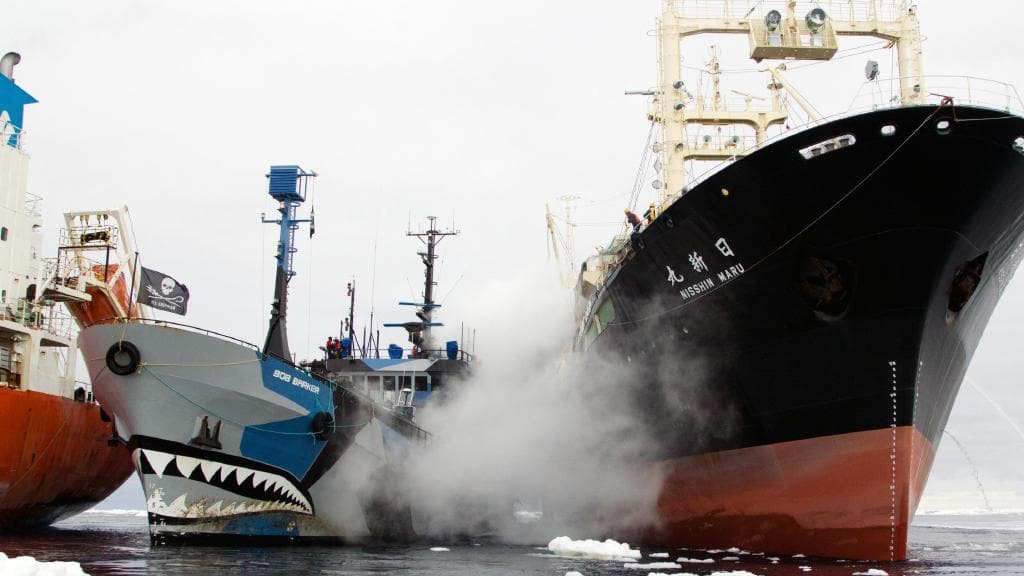
He and his minions would like the world to believe that the Magdalen Islanders expelled him (to put it politely) from their archipelago because they were drunk and hated him for wanting to "save the baby seals", but that's obviously very far from the truth.
On several occasions throughout his career, Watson has instructed his crews to carry out maneuvers that endanger the lives of sailors, fishermen, hunters, husbands, fathers, and friends. The sailors of the Magdalen Islands have not escaped his intimidation techniques and they hated him for his scatterbrained and dangerous behaviour.
In the few minutes that Arte devotes to this episode, Watson tells more lies than I can relate here, but the funniest is when he claims to have "knocked out three of them with my stun gun". Even today, 30 years later, if you were to run into one of these sturdy guys, you'd quickly realize that the "captain" was no match for anyone in the group, even with the stun gun he invented to make it sound more Hollywood-like.
More precisely, when the dozen hunters entered the room, he crashed to the floor, livid, fear having sawed off his legs.
He knew exactly what he was doing when he came to taunt them on their own turf with his wacky proposal. As usual, he came to collect media images that he would use in fundraising activities. Efficient deceptions still require some effort and investment.
Since he was born not far from the Magdalen Islands, in New Brunswick, he would have been well aware of the affable nature of the people of the Maritimes. He certainly wouldn't have been treated with the same leniency in several other regions, as he surely knew very well.
Paul Watson has built his entire career on provocation. In 2008, when four Magdalen Island sealers lost their lives at sea, Watson couldn't resist shining a spotlight on himself by sullying their memory. His comments enraged all sailors worthy of the name, and, in solidarity, fishermen from the French territory of Saint-Pierre-et-Miquelon cut the moorings of his boat while docked on their archipelago. "Il peut revenir, mais à ses risques et périls," their representative said at the time ["He can return, but at his own risk."]
In truth, Watson is a troubled, megalomaniacal and dangerous being. Not in great physical shape, he's had no choice but to calm down with age, but that does not forgive his past actions.
It’s nothing short of a miracle nobody has died because of his reckless actions. Sure, lots of alcoholics drink and drive their whole lives without killing anyone, but that doesn’t mean they shouldn’t be taken out of circulation for everyone’s sake.
Shifting to Whales
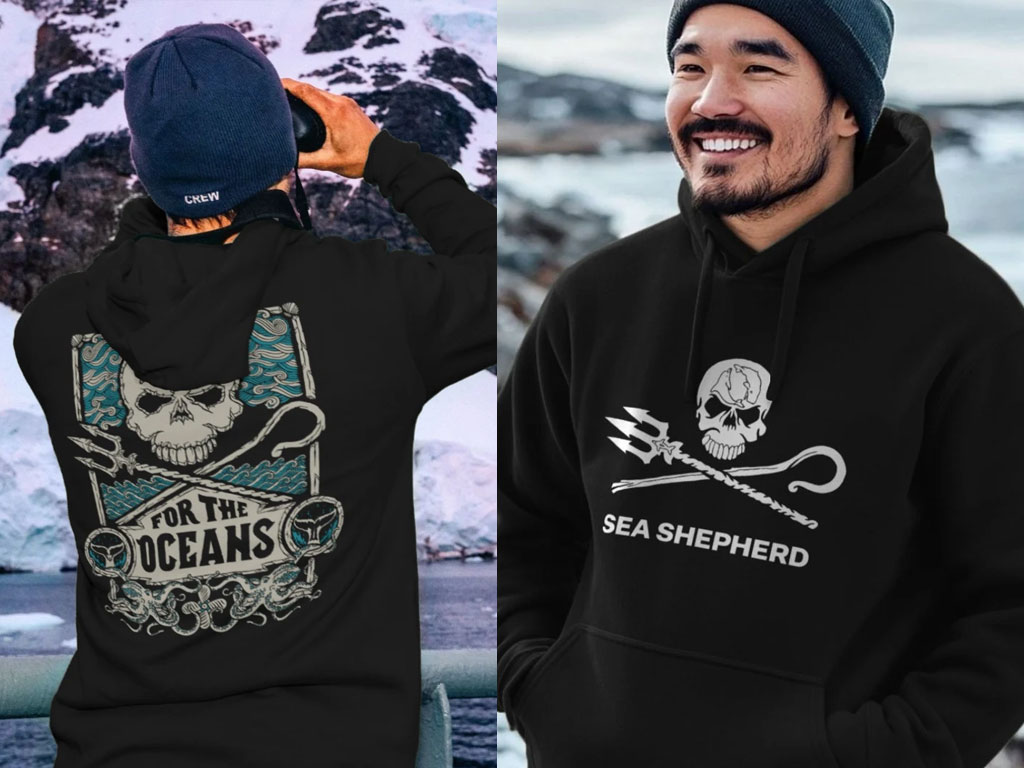
Watson only shifted to the whale-saving business because most of the funds intended for the rescue of "baby seals" was going to other organizations that were similar to his own but more effective in their propaganda and disinformation campaigns since they used media stars to reach people’s pockets. At the SSCS, he was the star, and he couldn't stand sharing the spotlight.
He says it himself in his interview with CBC: "There are over a thousand animals on the [US] Endangered Species List, and the harp seal isn't one of them." And nor is "the whale" because there is no such thing as "the whale". There are almost a hundred species of cetaceans. Some populations are doing well, others less so, but Watson does not trade in subtlety; it would become too complex for his generous admirers.
It was more valuable to create "THE whale" – the majestic, singing, intelligent, protective, wise one – the charismatic one. The one that brings in money for its valiant defender.
Watson went all-in with the bad boy persona (as much of the Sea Shepherd artwork proclaims loud and clear), and he naturally had the personality to match: the one who decides right and wrong, who doesn't have to follow the laws of inferior beings, i.e., all those who think otherwise. An interesting marketing strategy.
To simplify things further, Watson decides alone who’s poaching – not the competent authorities, the scientists or the sovereign nations. And whoever contradicts him obviously becomes the villain in his narrative. Sometimes in a Hollywood movie, the one who defies authority becomes the hero, but, unfortunately for him, in reality, that's also what defines a criminal.
"Empathetic Predator"
For decades now, I’ve been wondering why even seemingly brilliant minds sometimes fall for such devious characters and their masquerades.
Religious gurus have been around since the dawn of humanity, a phenomenon that is well documented. But environmental gurus (the environment being sort of the new religion) operate on new parameters.
When I discovered the fascinating work of the French ethnologist Charles Stépanoff, I found some clarity as a couple of our specie’s particularities caught my attention. Cooperative parenting, as an example, incites us to take care of offspring other than our own. And trans-species empathy allows deep feelings for otherness. The plethora of interactions between humans and other species, mixing ownership, companionship, domestication and sometimes even a form of family love, presents a complexity that is, indeed, difficult to match elsewhere in nature.
Most of the time, people living in natural, rural settings weave complex links with animal otherness. For example, a farmer can consider a dog or cat as a family member, spend nights watching over a sick cow, and also slaughter pigs. The entanglement of those forms of relationship are common and widespread. These people usually see themselves as an integral part of nature. Stépanoff qualifies their interspecies relationship as a “réseau dense" ["dense network”]. They love nature so much that they choose to live in its midst.
On the other hand, urban faunae maintain much simpler links with nature and other animal species. In the city, plants are potted, birds are caged, and cats are neutered. As for the people themselves, they visit a countryside they would prefer to be virgin and wild, like the ones they saw on National Geographic channel. They observe nature from afar and want to protect it, while removing any sign of it from their sterile environment at home. For the ethnologist, they maintain a "réseau étendu" [“spread network”] with animal otherness. Their lack of closeness with nature makes them vulnerable to animalist groups’ simplified rhetoric.
Besides, from a young age, we’re all comforted by plushies, anthropomorphized critters and Walt Disney’s cartoons. Some simply never really grow out of it.
On top of that, our world is increasingly urbanised, and those dense pockets of voters hold the balance of power in most democratic societies. In other words, those of us who are the most disconnected from nature are the ones calling the shots for us all, which explains in large part why our environment is deteriorating.
Paradoxically, urbanites believe they are part of the solution, not the problem. At best, letting them decide what’s ecologically sound is counterproductive. Most of the time, it is eco-colonialism in its purest form.
Stépanoff speaks of Homo sapiens as a "prédateur empathique" ["empathetic predator"]. Our ability to imagine ourselves in our prey’s position makes us an excellent hunter, but, without discernment, our empathy also requires us to question the morality of taking lives. Indeed, if you picture yourself in the prey's position, killing becomes a tragedy to avoid.
Some groups and individuals have turned this human duality into a business and prey on those of us who don’t maintain a dense network of relations with animal otherness. I don’t give them credit for that finding. Brian Davies, founder of IFAW, was one of the first to uncover the immense economic potential of this human singularity with seals in the 1970s, but that was a total fluke.
Most of those groups are disembodied ideological organizations such as IFAW, People for the Ethical Treatment of Animal (PETA) or Greenpeace. Others, such as the SSCS, rely heavily on a single persona – in this case, "Captain" Paul Watson.
His feat is to have succeeded in convincing an impressive number of people of his act. Many have tried to apply the formula: "A lie repeated a thousand times becomes the truth," but before the Internet, few have succeeded on a large scale. It’s also true that the lone ranger fighting against the evil corporation story fits well in the now popular “conspiracy theories”. It’s all very poetic and everybody loves bedtime stories.
Logo, slogans, shocking images, charismatic species, good vs evil … the man knows how to manipulate the media and the masses, I’ll give him that much.
Does he still believe his own actions are well-founded? Of course. They've brought him fame and fortune, and his entourage identify him with this facade. After just a couple of years of that regime, there was no turning back. He became the character he had created, and it served him well too. I’m sure it’s the same with Raël and all other gurus.
Here, I would like to make a distinction. Most followers of these activist groups are sincerely hoping to do some good for the environment. Because of their urban living and natural empathetic disposition for otherness, they just don’t know any better. Leaders of those movements don’t have such excuses. Being fatly paid full-time to improve their knowledge on those issues, they either should know better and are being dishonest about it, or suffer from intellectual deficiency which, to that extent, is unlikely.
Beyond lying, individuals who take advantage of other humans’ weaknesses to enrich themselves leave negative impacts in their wake. Watson is no different.
Ecological Criminal
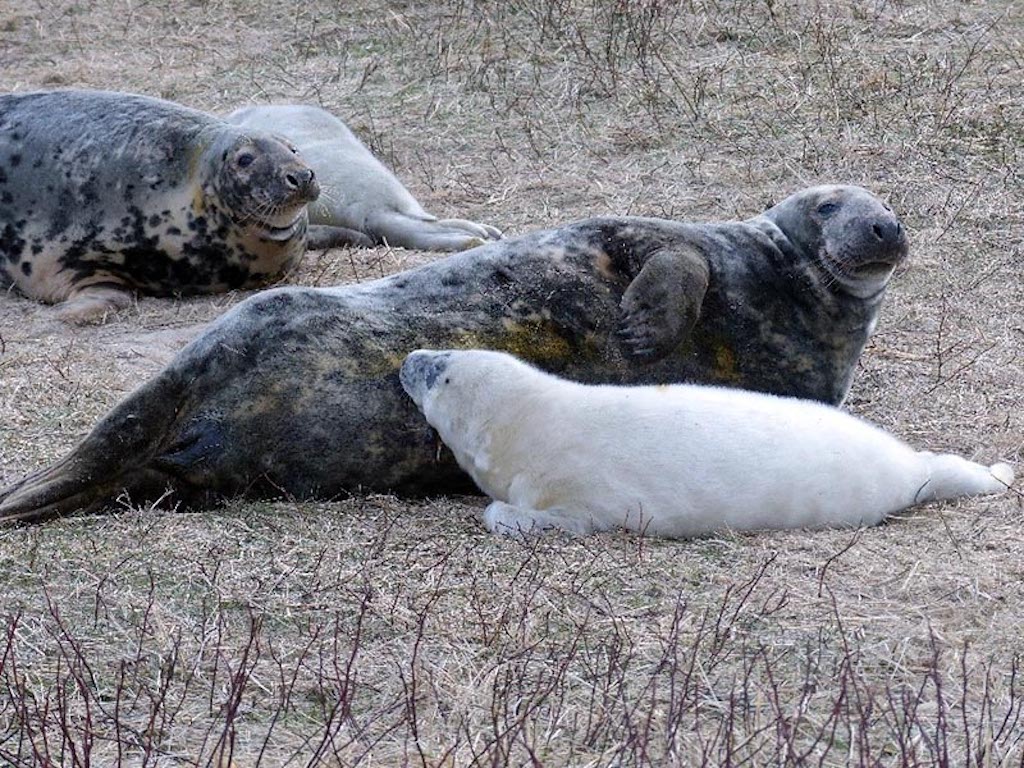
By helping to over-protect seals, Watson has also contributed to weakening the Gulf of St. Lawrence’s ecosystem in Eastern Canada. Since the debacle of the sealing industry, over-predation by these pinnipeds has had a huge negative impact on the marine biodiversity of the region. Hunters and fishermen predicted that much as early as the 1980s, but today, it is scientists who have no choice but to admit it. The grey seal population in Eastern Canada has grown from about 5,000 in the 1970s to 400,000 today. Multiply the population of any apex predator by 80 in any given ecosystem and, of course, you’re going to create havoc.
Yes, you’ve read that right; Captain Watson is also an ecological criminal.
Isn’t this the ultimate irony? Animalist groups have created the perfect loop: the more money you give them, the worse the environment becomes. And the worse the environment becomes, the more money people give them.
Of course, society needs people to take care of nature's biodiversity, but not just anybody. Ecosystems are complex, more so than, let’s say, air traffic control. Would you let someone without any proper training or credentials direct plane landings? Of course not. So why trust a fake captain with it? If we’re not happy with the way our ecosystems are being managed, we need to train those in charge better, not follow the first self-appointed guru.
There it is. The grand illusion. People who give support to these groups think they’re contributing to a better planet while doing exactly the opposite.
Now you know. The disappearance of Atlantic cod, yellowtail flounder, white hake and many other fish species does not bother the noble captain in the slightest.
It is not Watson who will go bankrupt; it is the evil fisherman in his 17-metre boat. Watson is not the one who will have nothing left to feed his children, since his fortune is assured. It is not his community that will decline since he now lives in France. Who cares about uncharismatic species that are not even good for a small fundraising activity? Biodiversity? Bah … who cares?
Not Arte’s hero captain, in any case.








